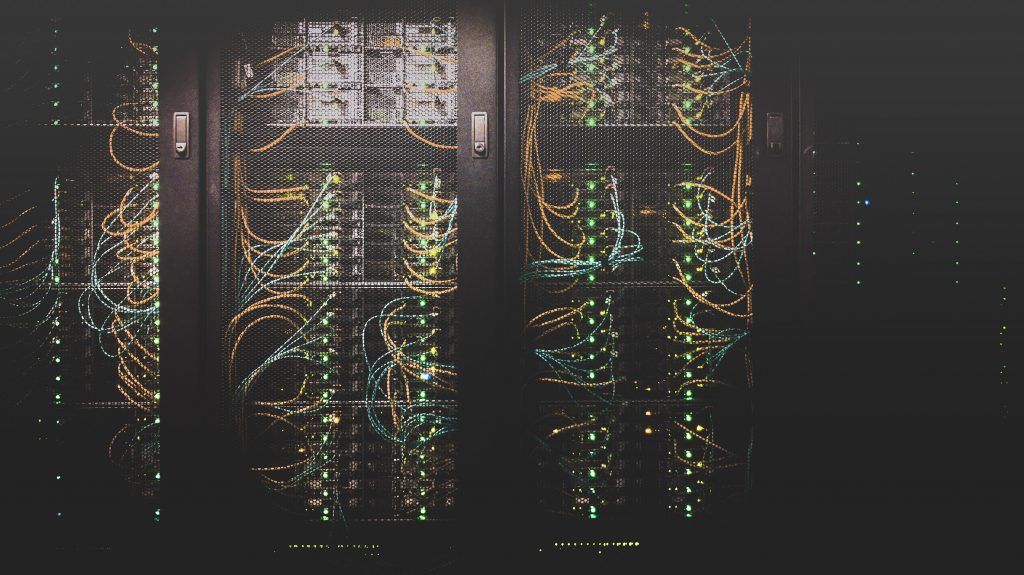 “Never let a crisis go to waste.” That’s a time-honored saying in politics, but cybercriminals have taken it to heart, too. As the coronavirus pandemic spread earlier this year, and most people worried about safety, their jobs and finding toilet paper. At the same time, the FBI noted a significant spike in cybercrime.
“Never let a crisis go to waste.” That’s a time-honored saying in politics, but cybercriminals have taken it to heart, too. As the coronavirus pandemic spread earlier this year, and most people worried about safety, their jobs and finding toilet paper. At the same time, the FBI noted a significant spike in cybercrime.
But it’s not just during a pandemic that industrial manufacturers need to be mindful of cybersecurity threats. They can be targeted by tactics that threaten valuable data, disrupt supply chains or bring operations to a dead stop at any time. It’s important to identify possible weak spots before the hackers do and take action so that all systems connected to vital industrial operations are less vulnerable.
Awareness Is Key
Financial damage from cybercrime could exceed $6 trillion a year by 2021, according to the Department of Homeland Security. For any manufacturing business, a cyberattack could produce a shredded reputation, damaged products and idled machinery. And it could start with something as simple as an administrative staffer clicking on an interesting link or a sales rep skipping computer updates while traveling.
As cybercrime has become more common, most companies are aware of common tactics used. They know stolen passwords can let crooks burrow into a company’s computer system and gain access to all kinds of data. They’ve heard about ransomware, through which a company’s operations are paralyzed till a huge ransom is paid. They’ve seen organizations’ credibility crumble when news of a big data breach appears on the TV news.
Industrial manufacturers might not offer hackers the same wealth of data they might ferret out from, say, a financial institution or a large health care provider. But as every aspect of manufacturing becomes more computerized and interconnected, no manufacturer should underestimate the potential threats
Here are some key areas of vulnerability—including one that the COVID-19 pandemic highlighted in a big way: employees working from home.
Remote workers.
Of course, people on an assembly line or in a tool-and-die shop can’t switch to working at home during emergency situations. But many people who support manufacturing operations are able to pack up their laptops and go home. Invariably, there will be difficulties establishing secure connections, problems with equipment that doesn’t work, concerns about privacy and lots of calls to tech support. Remote workers may miss system updates and they may be tempted to click on hackers’ fake offers of emergency information, or supplies such as sanitizer and face masks.
Internet of things. The internet of things, or IoT, refers to the expanding web of machines, systems and devices that interact with each other digitally and share information. Access to any of these connections could lead cybercriminals to a central database server. Many industrial machines that were not linked to computers years ago are very much connected now. For example, at least 35 percent of product lines in the U.S. are connected to efficiency sensors. Some industrial processes are tied in to third-party applications that may have their own security issues.
In addition to direct connections to machines and the manufacturing processes, myriad other connected devices keep industrial operations humming along. They may include smart TVs in conference rooms, time clocks, digital sign-in systems for visitors, entrance security, alarm systems, and various devices connected to Wi-Fi. Access to any of these less obvious connected devices also could allow entry to more sensitive and critical areas of a central database.
Routine updates. Unfortunately, these are not always as “routine” as they should be. Regular system updates, default username updates and password changes are an important way to keep cybersecurity measures current.
As much as possible, manufacturers need to follow best practices in these and other areas to limit their cybersecurity hazards. A weak link anywhere in the system could result in lost data, compromised production, and costly, time-consuming down time during the restoration and cleanup process.
Risk-Reduction Strategies
Despite the risks of their increasingly interconnected operations, manufacturers have been slow to identify cybersecurity hazards. But there’s a lot they can do to reduce risks. It can start with an inventory of a company’s systems—computer servers, devices and software. An assessment might well turn up some devices or programs that are not really essential to keep the business running. Consider eliminating those.
Implementing best practices will include customizing and possibly upgrading procedures for things like:
- Updates of systems, passwords and usernames.
- Limiting access to the internet.
- Providing ongoing training for employees so they’ll not only appreciate the seriousness of cyberthreats, but also get better at spotting tricks such as phishing and social engineering.
Some companies opt to work with a cybersecurity firm to address their vulnerable areas. An outside consultant also can assist with plans for regular cybersecurity assessments, perhaps monthly or quarterly.
The NIST Cybersecurity Framework is one widely accepted resource for help with best practices. (The National Institute of Standards and Technology is within the U.S. Department of Commerce.) It helps companies assess risks, implement protective measures, and if necessary, recover from a cybercrime incident. The Center for Internet Security is another good resource for information about best practices, tools to enhance cybersecurity and information about current threats.
To reduce vulnerabilities in the long term, get buy-in from company leadership. Leaders need to make cybersecurity a priority and communicate this to all employees regularly. If someone breaks protocol on cybersecurity measures, there should be consequences. And while there’s always a temptation to slide back into “business as usual” when a threat or a crisis has passed, leaders must make sure that doesn’t happen.
Lessons from The Pandemic
With concerns about the coronavirus expected to linger, it’s worth noting some cybersecurity lessons for manufacturers. While the pandemic had unique aspects, the fact is that many other calamities can disrupt business pose cybersecurity hazards.
The most crucial lesson: Have a plan. Companies that struggled and scrambled when the realities of COVID-19 hit were ones whose emergency plans were inadequate—or had not been updated in a while. Planners must think about extra equipment that would be needed in case of a crisis, including laptops and other equipment to let employees transition to working at home. Imagine a cybersecurity breach that disrupts supply chains, knocks out a key supplier or affects a third-party vendor. What’s Plan B?
Cybersecurity plans should be tested in advance, if possible. Various situations, including weather emergencies or infrastructure problems, could make it necessary for some employees to operate remotely. Before that happens, a trial run can ensure they have everything they’d need to work securely and efficiently.
Look Forward and Thrive
After a period of considerable stress and loss, it’s easy to feel gloomy about the future. But it’s worth noting that industrial manufacturing has provided some of the turn-on-a-dime success stories in recent months. Just think about the industries that pivoted to making ventilators, respirators and face shields. Think about MyPillow founder Mike Lindell, who said his workers turned a 200,000-square-foot factory into a face mask-producing facility in just three days. Industrial manufacturers need to take the same proactive approach to finding and fixing their cybersecurity weak spots—so they will not just survive, but thrive.











































